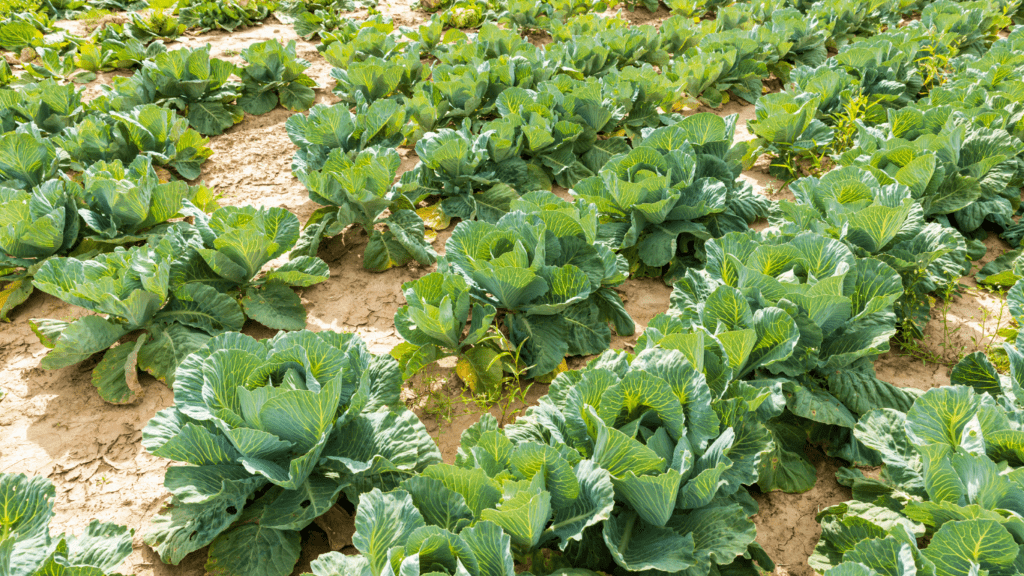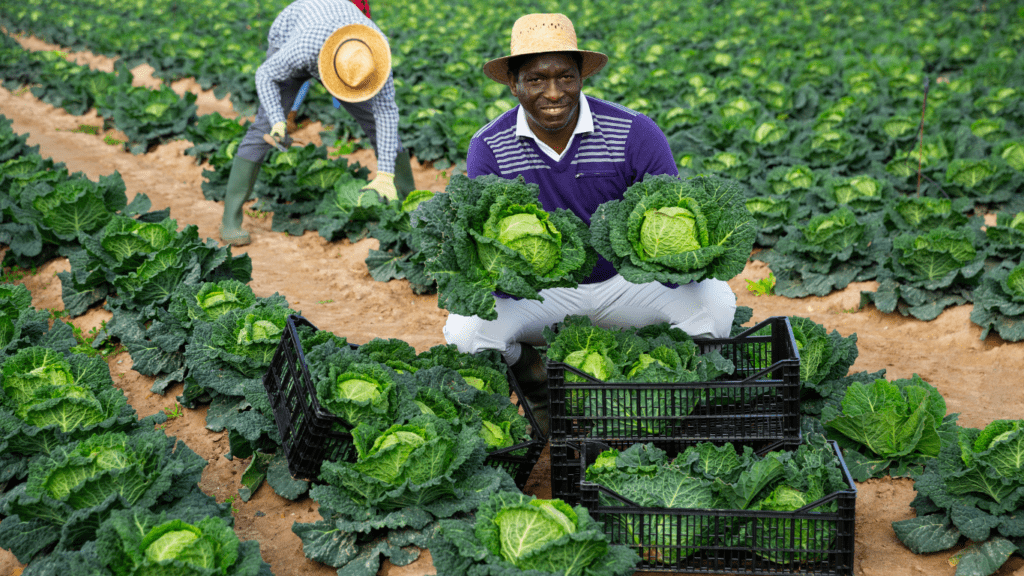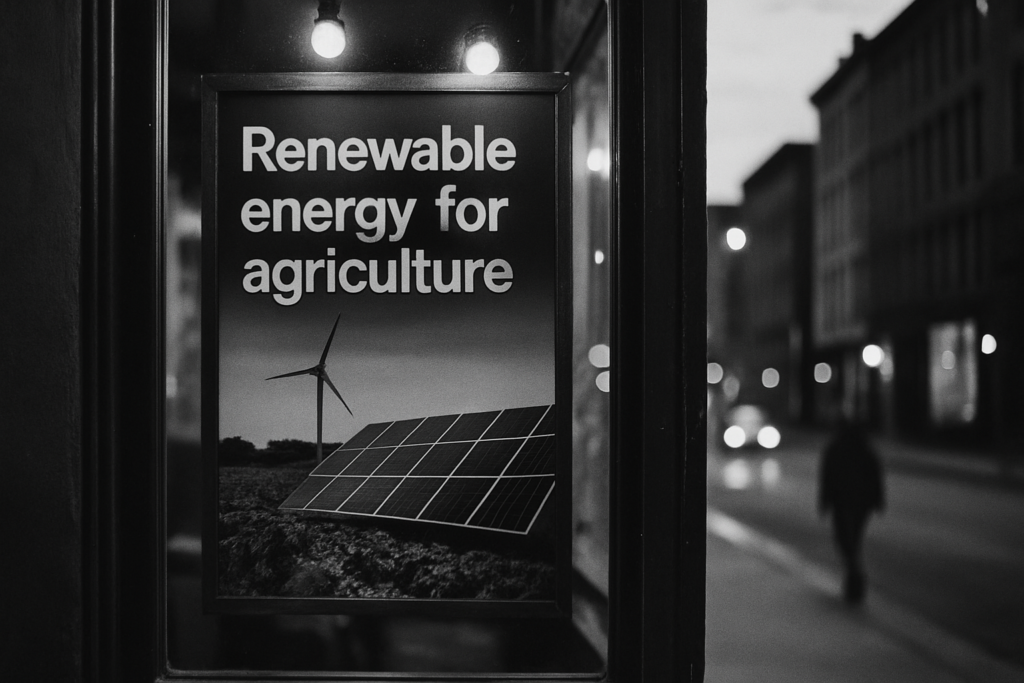Understanding Sustainable Agriculture Grants
Sustainable agriculture grants support eco-friendly farming practices. These grants, funded by governments and private organizations, aim to address environmental concerns and promote long-term agricultural productivity. Understanding available grant types and funding criteria is crucial for successful applications.
Types of Sustainable Agriculture Grants
Several types of sustainable agriculture grants exist. Some target specific farming practices like organic farming or water conservation. Examples include the USDA Sustainable Agriculture Research and Education (SARE) grants and the Environmental Quality Incentives Program (EQIP). Other grants focus on broader sustainability initiatives, addressing issues such as:
- soil health
- biodiversity
- renewable energy use on farms
Funding Criteria
Different grants have varying criteria. Generally, grants assess the environmental impact, feasibility, and long-term benefits of proposed projects.
For instance, the USDA tends to prioritize projects demonstrating significant environmental improvements. Private organizations may look for innovation and community engagement. Applicants must carefully review each grant’s guidelines to ensure their projects align with funding priorities.
Application Process
The application process can be rigorous. Most grants require detailed proposals, including project goals, methods, budget, and expected outcomes. Some applications might need supporting documents like letters of recommendation or evidence of previous sustainable practices. Thorough preparation and attention to detail improve chances of securing funding.
The next section delves into identifying suitable grant opportunities, a vital step in the grant application journey.
Identifying Grant Opportunities

Recognizing the right grant opportunities improves the chances of securing funding for sustainable agriculture projects. Let’s explore several sources.
Federal Grants
Federal grants offer substantial funding for agricultural projects. Agencies like the United States Department of Agriculture (USDA) provide various grants, including the Sustainable Agriculture Research and Education (SARE) program and the Agriculture and Food Research Initiative (AFRI). The USDA website lists available grants, submission deadlines, and eligibility criteria. Always align project goals with program priorities.
State Grants
State governments also support sustainable agriculture through specific grants and programs. For example, the California Department of Food and Agriculture offers the Healthy Soils Program. Individual state websites provide details on available grants, application procedures, and deadlines. Tailor the application to state-specific priorities to enhance success.
Private Foundations and Nonprofits
Private foundations and nonprofits, such as the Rodale Institute and the Xerces Society, provide grants targeting sustainable agriculture. They focus on conservation, organic farming, and biodiversity. Visit foundation websites to identify suitable grant programs, eligibility, and requirements. Craft applications that reflect the mission and goals of the organization.
Preparing Your Application
Thorough preparation is key when applying for sustainable agriculture grants. Specific steps like research, documentation, and proposal writing improve your chances of success.
Research and Planning
Identifying the right grants requires focused research. Review the eligibility criteria for each grant program. Align your project objectives with the program’s funding priorities. For example, the USDA’s Sustainable Agriculture Research and Education (SARE) program prioritizes projects that enhance soil health or reduce pesticide use.
Create a detailed project plan that includes timelines, budgets, and measurable outcomes. Setting clear goals helps in articulating how your project meets the grant’s objectives.
Gathering Necessary Documentation
Compiling accurate documentation is essential. Gather all required documents before starting the application process. Common documents include a project narrative, budget, and letters of support.
Ensure that your financial documents, like tax forms and audited financial statements, are up-to-date. Some grants may require proof of previous project success or impact. For example, California’s Healthy Soils Program often asks for soil test results and management practice records.
Writing a Strong Proposal
- Your proposal must clearly articulate the project’s impact.
- Start with a compelling executive summary that succinctly describes the issue and your proposed solution.
- Use specific data to back up your claims; for instance, cite how improved irrigation methods can reduce water usage by 30%.
- Break down your budget into clear categories, justifying each expense. Highlight collaboration with stakeholders, such as local conservation groups or academic institutions.
- Use clear, straightforward language and avoid jargon to ensure your proposal is accessible to all reviewers.
Submitting Your Application
Once you’ve prepared all necessary materials, it’s time to submit your application. Doing this correctly increases your chances of securing funding.
Online Submission Tips
Online submissions often have specific guidelines and digital requirements. Check the grant agency’s submission portal well before the deadline to troubleshoot any technical issues.
Use browser-friendly formats like PDF or Word documents for uploads. Double-check all forms and attachments for completeness. Many platforms send confirmation emails after submission; save these as proof. If in doubt, consult the agency’s FAQ section or contact their support team for assistance.
Paper Submission Guidelines
Paper submissions demand meticulous attention to detail. Ensure all required documents are printed, signed, and organized according to the grant’s checklist. Use high-quality paper for a professional presentation.
Forms requiring signatures should be inked legibly. Package your documents securely to prevent damage in transit. Track your shipment and confirm its delivery with the agency. Attach a cover letter summarizing your proposal, including contact information.
Managing Grant Funds
Effectively managing grant funds ensures that the project stays on track and meets all grant requirements. Here’s how to navigate the key aspects of managing these funds.
Budgeting and Accounting
Accurate budgeting and accounting are crucial. When you receive funds, create a detailed budget that outlines all expenses. Use budgeting software to track expenditures. Maintain separate accounts for grant money and avoid mixing with other funds. Regularly reconcile your accounts to identify and correct errors promptly.
Reporting Requirements
Complying with reporting requirements is fundamental. Review the grant guidelines for specific reporting deadlines and required documentation. Develop a schedule to submit quarterly and annual reports. Include financial statements and project progress updates. Documentation must align with what was outlined in the proposal to avoid discrepancies.



